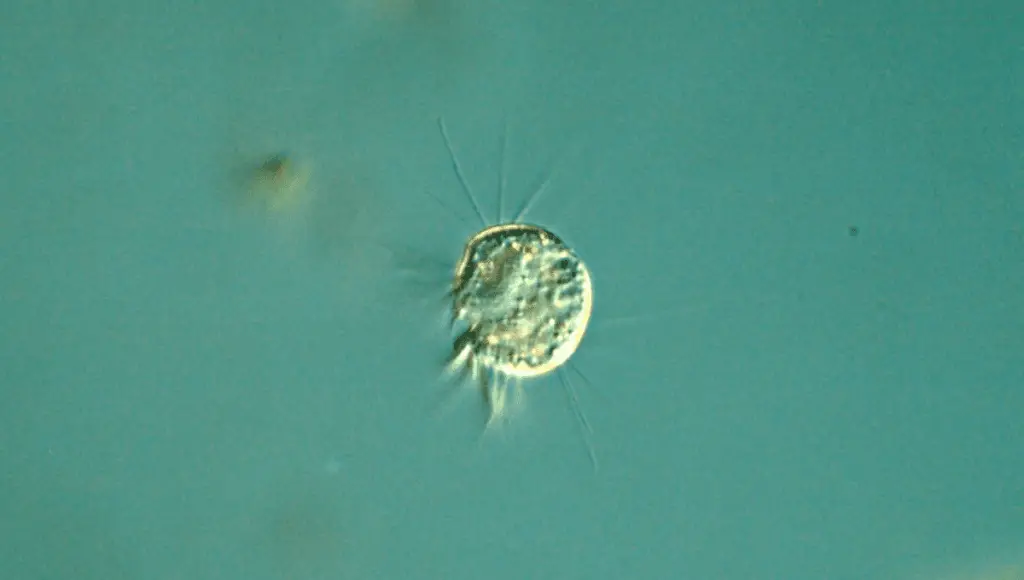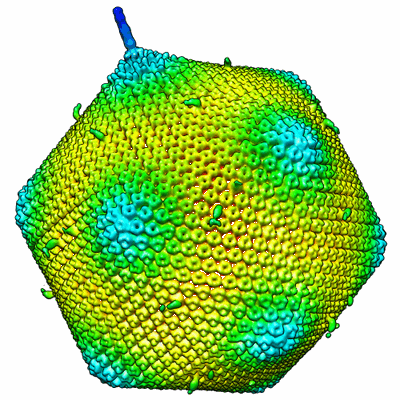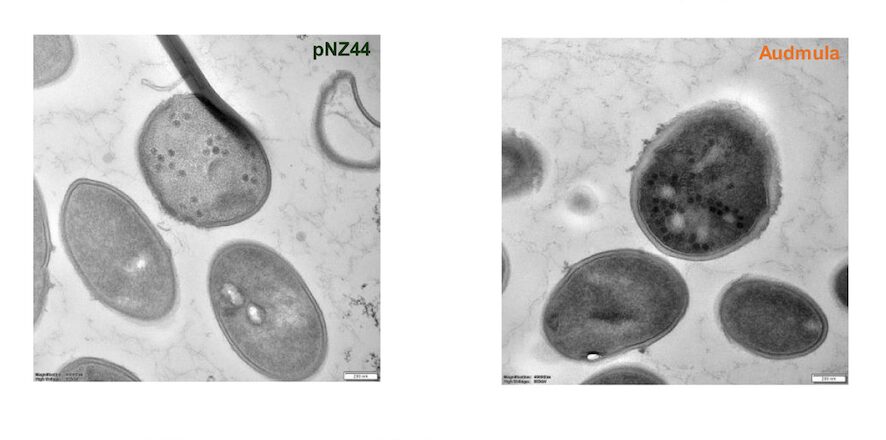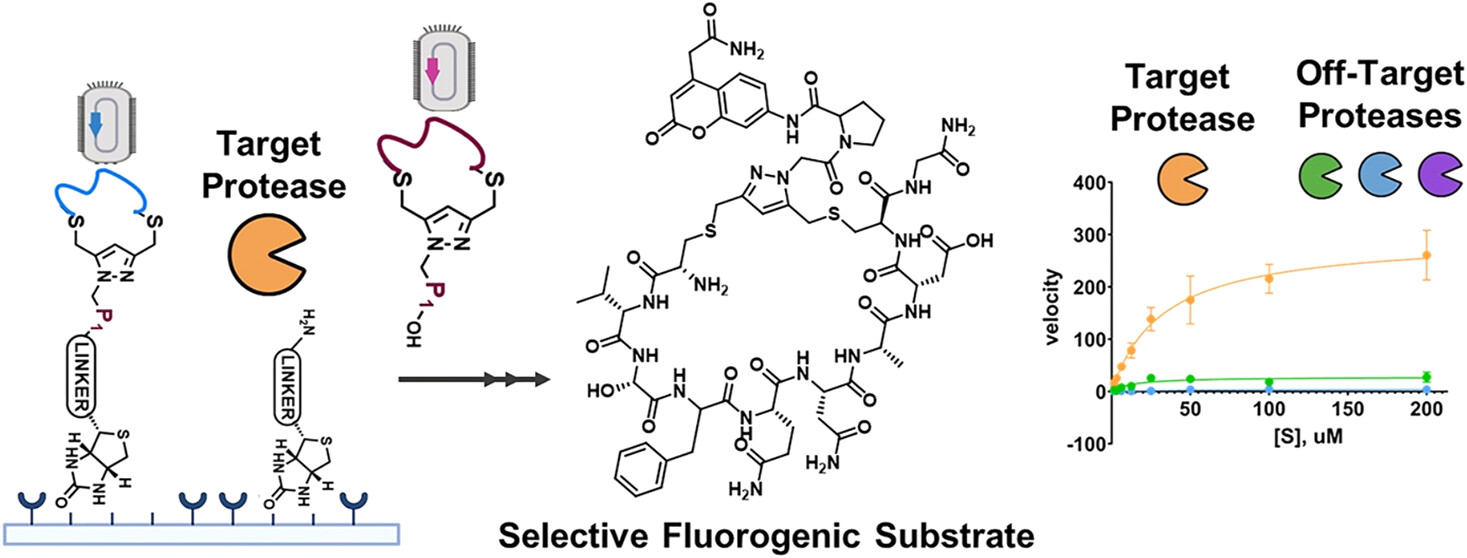
In the microscopic world, some bacteria have been observed to feed on other bacteria, and viruses have been observed to infect bacteria. But for a long time, humans have been concerned about what will eat the seemingly invincible microscopic particles that have been attacking the entire food chain. Now it’s known that viruses, which are commonly thought to be predators that feed and kill their hosts, provide food for another group of microscopic, often unicellular organisms known as protists. A theory of protozoans consuming viruses in pond water samples has been proven to be true.
Water samples from ponds were collected and studied in laboratories by researchers from the University of Nebraska-Lincoln in the United States. Their discoveries sparked an exciting new adventure. Their findings were published in the peer-reviewed journal Proceedings of the National Academy of Sciences (PNAS).
The laboratory experiments demonstrated that these organisms can survive and grow by consuming viruses. It is unknown how much these protists influence food chains and natural ecosystems by putting viruses under evolutionary pressure.
Only two years ago, scientists discovered viral genes in the genomes of marine protists, indicating that protists most likely consumed viral matter but concrete proof was not provided. However, until recently, no direct consumption has been observed.
What are virovores?
These virus-eating protists, which are their own kingdom on the tree of life and not animals, plants, or fungi, are now known as virovores. A virovore is an organism that obtains nutrients and energy by consuming viruses. Chloroviruses (Shown in the picture below) are among the victims of this tragedy. Technically, the term refers to organisms that consume viruses primarily or solely, but it currently only includes organisms that derive a partial nutritional benefit from virus consumption, similar to a type of microbiological omnivory. Virovory is the most recently discovered type of food on which a living organism can rely for energy.

Given that viruses constitute a very small portion of the larger matter consumed by other organisms in terms of mass and caloric intake, they were thought to be unimportant as food or a source of nutrients for these organisms. However, the new findings alter our comprehension of viruses’ role in the food chain at the microscopic scale.
Confirming the theory
Scientists discovered that the ciliate protists Halteria and Paramecium bursaria increased in number and multiplied, while the number of viruses in the sample decreased when compared to virus-free control samples.
To affirm their hypothesis that the organisms were feeding on viruses (or, more precisely, virions), the researchers stained the Genetic material of chloroviruses with a fluorophore and let protists such as Paramecium caudatum and Euplotes “graze” on the viruses alongside Halteria.
How many viruses does Halteria consume on a daily basis?
Scientists discovered that as Halteria got bigger and bigger as they consume 10,000 to 100,000 viruses per day. The new Halteria cells also glowed, indicating that the dye from the virus particles had been consumed along with the virus.
With only viruses for food, the population of Halteria rose by about 15 times in two days, whereas the level of chlorovirus used in the experiment was reduced by 100 times. Halteria did not multiply in control samples without the virus, indicating that these particles were indeed their food source.
The findings indicate that Halteria is the first known virovore, and that ciliate protists may play a crucial role in allowing viruses to flourish in nature.



Is it correct to say viruses “feed on”? Because they don’t eat, they just use their host’s machinery to replicate themselves. Anyway, it is amazing how nature thrives and evolves 😉
Hello, Omar. Thank you for your comment; the term “feed” was used to emphasise their ability to attack rather than actual feeding. I have corrected it so that other readers are not confused. Thank you once more.
It’s so much interesting to know that there is something which can attack viruses as well, this reminds me how toxorhynchites mosquito larvae consumes other mosquito larvae each day.
It’s indeed interesting.